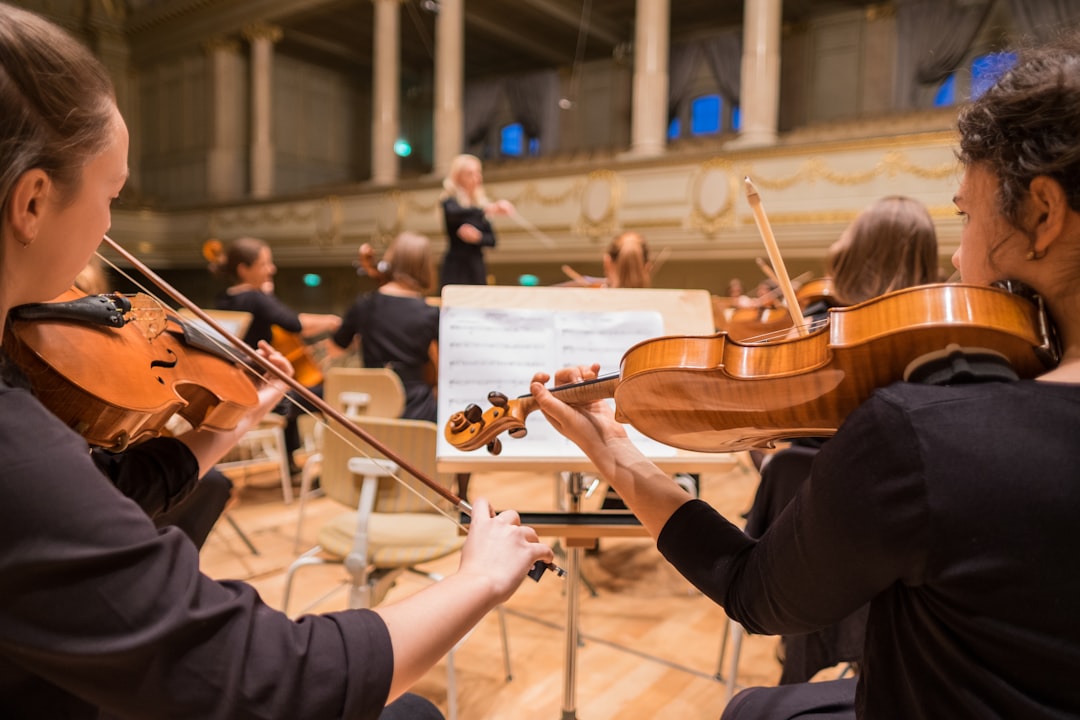What is it about?
Music educators can adapt their work to be more like that found in societies where musical participation is near universal. Based on Turino's ethnomusicological fieldwork, the article makes the case for more participatory approaches that allow simultaneous participation across the age and ability spectrum, with examples drawn from Harlem Samba and ukulele groups. I argue that broad participation is in tension with the specialist (more classically-oriented) version of music education, and encourage educators to be more open and playful.
Featured Image
Why is it important?
Participatory music is an important complement to traditional ways to teach and learn, and it offers a way to make music with a focus on social bonding and group togetherness.
Perspectives
Having taught with a focus on participatory music for several years, this publication offers some theoretical ideas that are backed by field-tested teaching. Participatory music making is fun and deeply educational.
Associate Professor Matthew Thibeault
Education University of Hong Kong
Read the Original
This page is a summary of: Music Education for All through Participatory Ensembles, Music Educators Journal, November 2015, SAGE Publications,
DOI: 10.1177/0027432115610170.
You can read the full text:
Resources
Contributors
The following have contributed to this page










